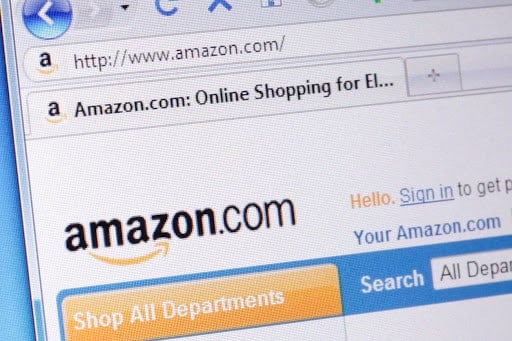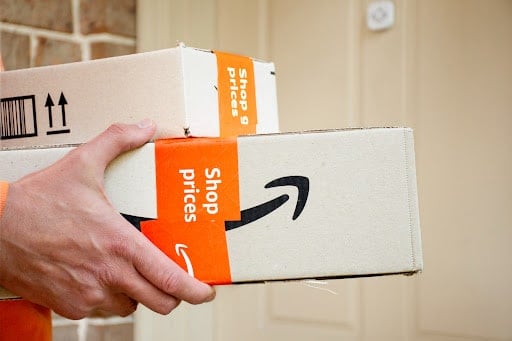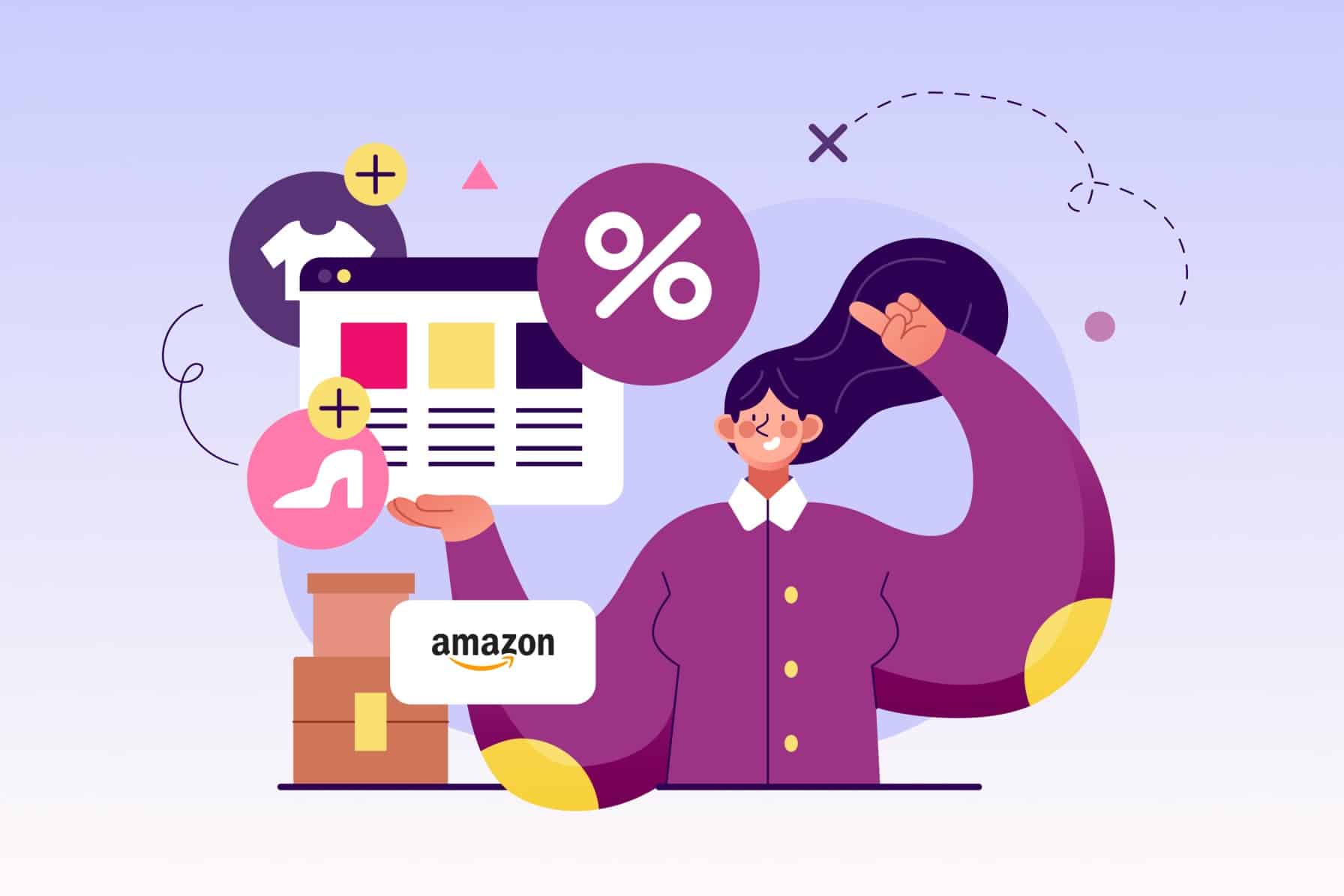Amazon has become the go-to destination for online shoppers with a multibillion-dollar marketplace that offers convenience and variety. However, with its massive reach and control over the eCommerce industry, Amazon’s various policies inevitably impact both buyers and sellers in a few different ways. One particular policy that has caused a stir among sellers is the Amazon Add-on Item Program.
In this post, we’ll take a look at Amazon add-on Items, their purpose, and how they affect sellers. We will also discuss practical solutions to overcome the limitations of this program and ultimately increase your average order value.
Key takeaways
- Amazon’s add-on item program is designed to increase the average order value for customers and generate additional revenue for sellers.
- These items are low-cost products that must be purchased with a minimum order of $25 in qualifying items or shipped together with other non-add-on items sold by the same seller.
- There are several strategies sellers can use to get rid of the add-on item badge, including raising prices, using them as product bonuses, bundling with other items, or switching to Fulfillment by Merchant (FBM).
- Each strategy comes with its own set of risks and considerations, so sellers must carefully assess their options before taking action.
What are Amazon add-on items?
An Amazon add-on Item is a complementary product that is generally small and too cheap to be shipped on its own. These products are marked with a blue ‘Add-on Item’ badge and can only be purchased alongside other products if the customer’s cart value reaches $25 or more.
The primary purpose of this program is to prevent Amazon from losing money on shipping costs for low-cost items, as these products tend to be bought in small amounts but at a high frequency. By encouraging customers to add more items to their cart, Amazon can increase its profits and expand its product portfolio.
Additionally, there are limitations set in place for purchasing add-on items. That includes:
- A cart cannot consist solely of add-on items.
- All add-on items in the cart will be saved for later purchase if the order does not meet the $25 requirement.
- Items fulfilled by Amazon must be included to reach the $25 threshold.
These limitations may seem cumbersome for both buyers and sellers, but they mainly affect specific product categories that are often purchased in bulk, such as snacks, personal hygiene items, or office supplies.

What’s considered an Amazon add-on item?
It is essential to understand that not all low-cost items are automatically marked as add-ons. Amazon’s algorithm considers several factors when deciding which products should be eligible for the program. While Amazon has not disclosed its specific criteria for marking products as add-ons, there are a few factors that may influence the algorithm’s decision:
- The price of the product,
- The size and weight of the product,
- Shipping costs associated with the product,
- Competitive pricing for similar products on other platforms.
Typically, items priced under $10 and weighing less than 15 ounces are more likely to receive the add-on badge. But it’s not a mystery to find two products with identical prices and weights, where one has the badge while the other doesn’t.
Monitoring your product listings regularly and adjusting prices to avoid the add-on badge is crucial. More on that later.
Why do Amazon add-on items exist?
As mentioned earlier, Amazon’s main goal with the Add-on Item Program is to increase its profits and product portfolio. By encouraging customers to add more items to their cart, they can reduce shipping costs and expand their reach into low-cost product categories. This program also allows them to stay competitive with other online retailers who may offer similar low-cost items without needing a minimum order value.
Moreover, Amazon’s focus on customer satisfaction also plays a role in this program. By discouraging customers from purchasing single low-cost items, they can ensure that buyers get the best value for their money and avoid any potential disappointment or negative reviews due to high shipping costs.
Whether this program is beneficial or unfair to sellers is a matter of perspective and depends on the products you are selling. It can be seen as an opportunity for sellers to increase their average order value, but it can also hinder sales for specific product categories. Keep in mind it’s not just about the cost of the product but also shipping costs and competitive pricing on other platforms that determine if an item is marked as an add-on.

The benefits of Amazon add-on items
As an Amazon seller, you may be wondering if there are any benefits to this program for your business. And the answer is yes! Add-on items can help increase your average order value and ultimately generate more revenue.
Here are some other benefits of participating in the program:
- Add-on items are great for cross-selling and upselling. By offering complementary products, you can encourage customers to add more items to their cart, increasing the chances of making a more significant sale.
- The add-on badge acts as a trust signal for buyers. Customers tend to perceive products with this badge as valuable and trustworthy, potentially leading to a higher conversion rate.
- It allows you to expand your product portfolio. If you sell low-cost items that are not eligible for the program, consider bundling them with other products or offering them as bonuses to reach the $25 threshold.
- They can also be used as product bonuses or freebies. Suppose you have low-cost items that complement your main product but may not be attractive enough to purchase independently. In that case, you can offer them as bonuses with the main product to increase its perceived value.
- The program is environmentally friendly. By bundling low-cost items with larger orders, you can reduce packaging waste and transportation emissions, contributing to a greener shipping process.
The problem for Amazon sellers
While Amazon’s Add-on Item Program offers many advantages for sellers on the marketplaces, there are also some challenges that come along with it.
- Increasing inventory management complexity: Low-cost items eligible for the program may have higher demand and fluctuating sales, making it challenging to manage inventory levels effectively. In addition, you may need to stock a larger variety of products, leading to more significant inventory management challenges.
- Increased fulfillment requirements: Small and lightweight add-on items may require additional packaging materials and labor to ensure they are securely shipped with the rest of an order. This can result in higher seller costs, potentially offsetting the revenue gains from offering these items.
- Potential customer satisfaction risks: Some customers may find the minimum order value of $25 frustrating and inconvenient, leading to negative reviews or lower overall customer satisfaction scores.
With these potential challenges in mind, how can sellers eliminate the add-on badge? Let’s explore some viable solutions to help you manage and maximize the benefits of this program.
How to get rid of Amazon add-on items badge
If your product has been marked as an add-on and you don’t want it to be, you can implement a few strategies to eliminate the badge. However, each approach comes with its own risks and considerations, so it’s essential to assess which option is best for your business before making any changes.
Raise the price
Pricing might be one of the easiest ways to eliminate the add-on badge, but it comes with a significant risk. Increasing your product’s price by a small amount can potentially lead to Amazon removing the badge. However, if you raise the price too much, you may lose customers who perceive the cost as unreasonable.
Within this scenario, it’s also important to consider that Amazon’s criteria for awarding the badge can fluctuate frequently, making it challenging to determine when the badge will be removed. It could be taken off one day and reappear the next.
To make the most of this strategy, consider raising prices for products where competitors are selling at higher prices or where pricing is increased within your product category. Utilizing traffic insights tools like our Amazon Price Elasticity Calculator can help you analyze competitor price elasticity and make data-driven decisions on pricing.
Use them as product bonuses
With the goal of increasing your average order value, you can use low-cost add-on items as bonuses for customers who purchase more expensive products. This way, you are not only getting rid of the badge but also offering additional value to your customers, potentially improving their overall shopping experience.
To make this strategy successful, ensure the bonus item is relevant and adds value to the customer’s purchase. For example, offering a free phone case with the purchase of a new phone may be more attractive to customers than an unrelated item like a fidget spinner.
Additionally, highlight the bonus item in your product descriptions and promotions so customers know the added value they will receive. Monitor your PPC metrics to see how these bonuses influence shoppers viewing your products and adjust other listings accordingly.
Bundle low-priced items
Bundling low-cost add-on items with other products is another effective way to eliminate the badge. Packaging complementary products together can increase an order’s overall value and potentially encourage customers to spend more.
This strategy benefits merchants selling various products in similar categories with similar purposes. For example, bundling laundry detergent with fabric softener or offering a set of office supplies together can attract customers who consider purchasing multiple items but don’t want to make separate purchases.
One of the advantages of bundling is that it can also help with inventory management. Instead of selling one low-cost item at a time, bundling allows you to move multiple items simultaneously, reducing the risk of overstocking or understocking.
However, bundling may not apply to merchants selling unrelated or mismatched products that cannot be grouped organically. In these situations, consider one of the other strategies mentioned above.

Switch to FBM
Lastly, if all else fails, you can switch from Fulfillment by Amazon (FBA) to Fulfillment by Merchant (FBM). By handling fulfillment yourself, you have more control over the inventory and shipping process, potentially allowing you to bypass the add-on item program entirely.
However, this strategy also comes with its own set of challenges. FBA offers benefits such as free two-day shipping for customers, which may be difficult to replicate if you fulfill orders yourself. Before making the switch, carefully assess the costs and fees associated with FBM to ensure it is a viable solution for your business.
Final thoughts on Amazon add-on items
Amazon’s add-on item program can be a beneficial revenue-generating tool for sellers but also presents unique challenges. By understanding what add-on items are, why they exist, and their potential benefits and risks, sellers can make informed decisions on handling them in their inventory.
Whether through pricing strategies, bundling, or switching fulfillment methods, there are viable solutions to managing and maximizing the benefits of the add-on item program. As with any business decision, it’s essential to carefully assess and analyze your options before implementing changes and continually monitor their effectiveness.
At Trellis, we’re here to support and guide Amazon sellers with our Free Amazon tools and resources to help them succeed in the competitive Amazon marketplace. Contact us today to learn more about how we can help your business grow and thrive on Amazon.



